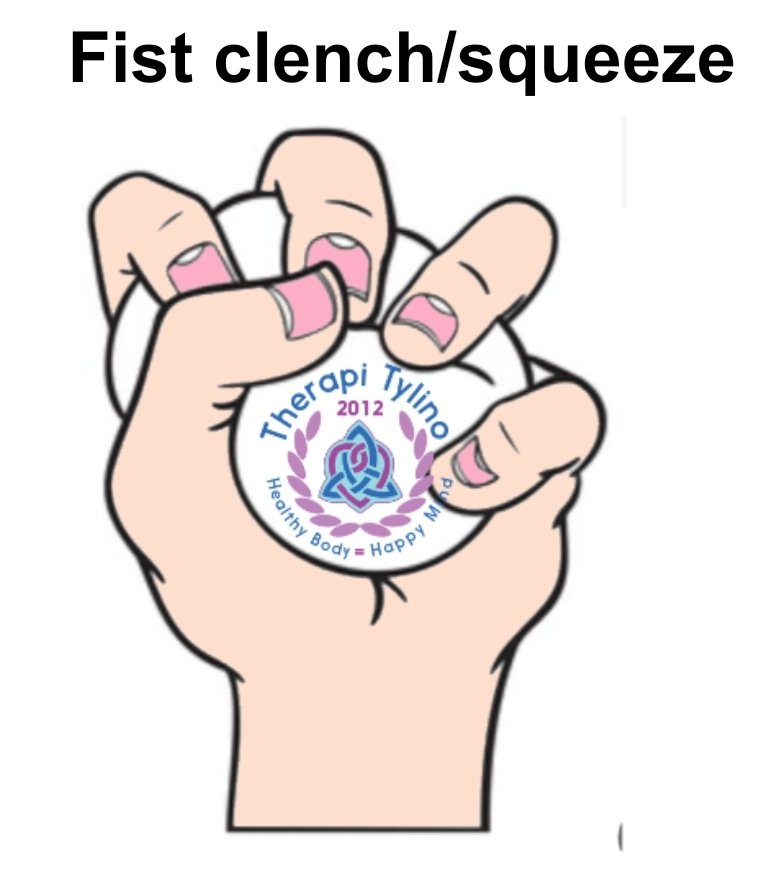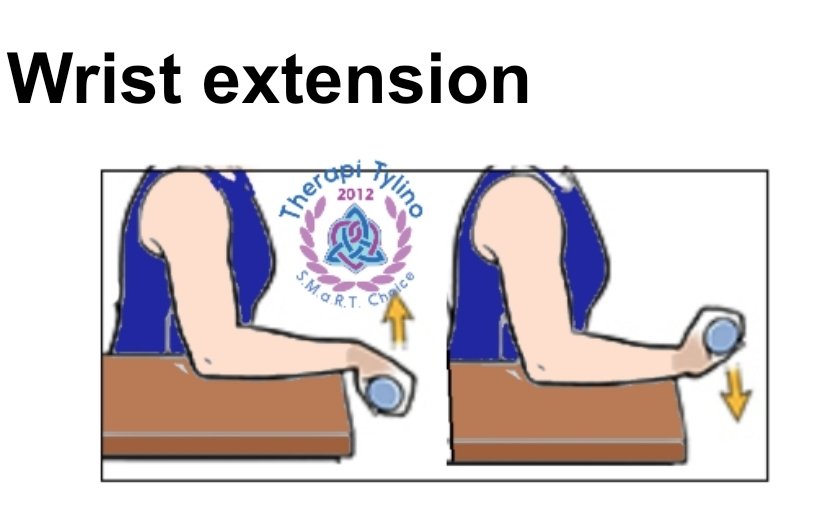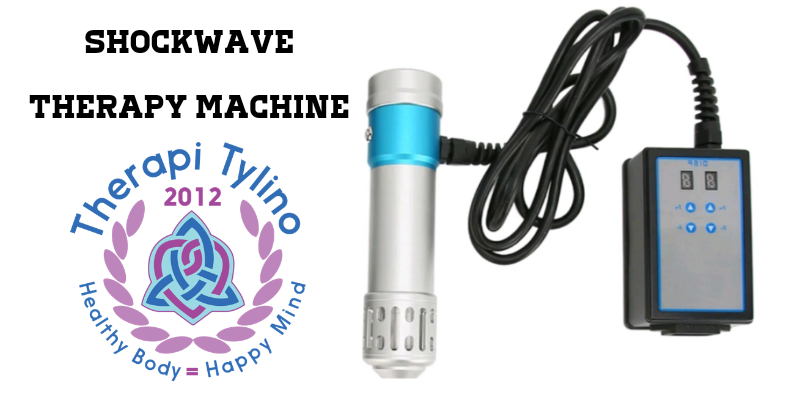Tennis Elbow - Advanced Exercises
Fist clench/squeeze
Poor grip strength is a common symptom of tennis elbow. Improving grip strength by building your forearm muscles can help improve your ability to perform daily activities.
Equipment needed: table and squeeze ball
1. Sit at a table with your forearm resting on the table.
2. Hold the ball in your hand.
3. Squeeze the ball in your hand and hold for 10 seconds.
4. Release and repeat 10 times. Repeat with the other arm.
Wrist rotation with a dumbbell
For all the rotation exercises listed below, it’s recommended that you first practise isometric supination without weights: With your elbow fixed, rotate your palm up and hold for about 30 seconds.
Equipment needed: table and 0.5KG dumbbell
Muscles worked: flexor carpi radialis, and flexor carpi ulnaris
1. Sit in a chair, holding a 0.5KG dumbbell vertically in your hand, with your elbow resting on the table.
2. Let the weight of the dumbbell help rotate your arm outward, turning your palm up.
3. Rotate your hand back in the other direction until your palm is facing down.
4. Repeat 20 times on each side.
5. Try to isolate the movement to your lower arm, keeping your upper arm and elbow still.
Wrist extension
The wrist extensors are a group of muscles that are responsible for bending your wrist, as when making the hand signal for “stop.” These small muscles that connect into your elbow are often subject to overuse, especially during racket sports.
Equipment needed: table and 0.5KG dumbbell
Muscles worked: Extensor carpi radialis longus
1. Sit in a chair, holding a 0.5KG dumbbell in your hand, with your palm facing down. Rest your elbow comfortably on your knee.
2. Keeping your palm facing down, extend your wrist by curling it toward your body. If this is too challenging, do the movement with no weight.
3. Return to the starting position and repeat 10 times on each side.
4. Try to isolate the movement to your wrist, keeping the rest of your arm still.
Wrist flexion
The wrist flexors are a group of muscles that work opposite the wrist extensors. These small muscles that connect into your elbow are also subject to overuse, which can lead to pain and inflammation.
Equipment needed: table and 0.5KG dumbbell
Muscles worked: flexor carpi radialis, flexor carpus ulnaris, and palmaris longus..
1. Sit in a chair, holding a 0.5KG dumbbell in your hand, with your palm facing up. Rest your elbow comfortably on your knee.
2. Keeping your palm facing up, flex your wrist by curling it toward your body.
3. Return to the starting position and repeat 10 times on each side.
4. Try to isolate the movement to your wrist, keeping the rest of your arm still.
Towel twist
Equipment needed: hand towel
Muscles worked: Extensor carpi radialis longus , flexor carpus radialis, flexor carpus ulnaris, and palmaris longus.
1. Sit in a chair, holding a towel with both hands, shoulders relaxed.
2. Twist the towel with both hands in opposite directions, as if you are wringing out water.
3. Repeat 10 times, then repeat another 10 times in the other direction.
Shockwave therapy
Shockwave therapy is a non-invasive treatment, where high-energy shockwaves are passed through the skin to help relieve pain and promote movement in the affected area.
The number of sessions you will need depends on the severity of your pain. You may have a local anaesthetic to reduce any pain or discomfort during the procedure.
Shockwave therapy, while safe, can cause minor side effects including bruising and reddening of the skin in the area being treated.
Research shows that shockwave therapy can help improve the pain of tennis elbow in some cases. However, it may not work in all cases, and further research is needed.






